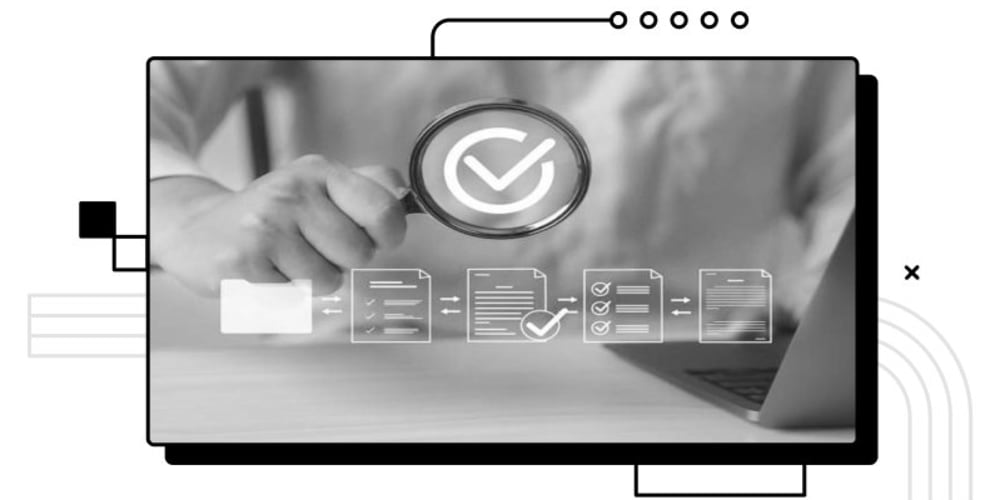Starting a business in the electronics industry can be both rewarding and challenging. Whether you're a tech enthusiast passionate about innovation or someone looking to take advantage of the growing demand for electronics, launching an electronics startup presents vast opportunities. However, it’s essential to approach it with a solid plan, from market research to product development and selecting reliable manufacturing partners. This guide will walk you through the steps necessary to get started and succeed in the highly competitive electronics market.
1. Identify Your Niche
One of the most critical first steps in starting any business is finding your niche. The electronics market is broad, including everything from consumer gadgets and wearables to industrial components and specialized equipment.
To identify your niche:
Research Market Trends: Study the latest trends to determine areas of growth. Consider burgeoning fields like smart home devices, electric vehicles, or healthcare electronics. Market demands can direct you toward profitable sectors.
Solve a Problem: The best products address specific customer pain points. Think about existing issues in electronics, whether it's convenience, affordability, or innovation, and position your product to solve these problems.
Leverage Your Expertise: Choose a niche that aligns with your skills and interests. For instance, if you have experience in PCB design or engineering, focus on areas where your expertise can shine, like embedded systems or PCB-based products.
2. Develop Your Product Idea
Once you’ve identified your niche, it’s time to develop your product idea. This involves turning a general concept into something tangible, marketable, and manufacturable.
Refine Your Concept: Start with a simple idea and build on it by incorporating customer feedback and technological feasibility. If you're focusing on a gadget, consider its functionality, user interface, and materials.
Create a Prototype: Building a prototype helps you test your product’s functionality and allows for improvements before going to production. Use cost-effective methods like 3D printing or small-scale PCB fabrication to create your initial models.
Test Early and Frequently: Test your prototype for potential issues such as heat dissipation, power consumption, and durability. The earlier you catch design flaws, the cheaper they are to fix.
3. Plan Your Manufacturing Process
Manufacturing is a critical phase for any electronics startup. Choosing the right manufacturing partner can determine your product's quality, reliability, and production cost.
Find Reliable Manufacturers: For startups, working with experienced PCB manufacturers and assemblers is key to bringing a product to market successfully. Consider sourcing from trusted manufacturers, particularly those with proven track records in electronics manufacturing. PCB manufacturing and assembly services from China are often favored for their cost-effectiveness and scale. For instance, PCB Manufacturing and PCB Assembly Manufacturers from China like Highleap Electronic offer comprehensive services from design to full-scale production.
Consider Turnkey Solutions: Turnkey manufacturers handle everything from design and prototyping to final assembly. This is particularly beneficial for startups that may not have the resources to manage every part of the supply chain.
Ensure Quality Control: Set up stringent quality control measures to ensure your product meets industry standards. Work closely with your manufacturer to monitor production and conduct thorough testing before shipping.
4. Create a Business Plan
Every successful startup begins with a detailed business plan that outlines your strategy, budget, and long-term goals. Your business plan should include:
Market Analysis: Define your target audience and competitors. Include data that supports your market need and projected demand for your product.
Marketing Strategy: Detail how you plan to promote your product. Are you focusing on online advertising, influencer partnerships, or traditional retail distribution? Having a well-thought-out strategy can help guide your initial outreach efforts.
Financial Projections: Estimate your startup costs, including manufacturing, marketing, and distribution. Plan for contingencies and unexpected expenses.
5. Secure Funding
Starting an electronics business often requires significant upfront capital, especially for production and marketing. There are various ways to secure funding:
Bootstrapping: Many entrepreneurs start by using their own savings or resources to fund initial development.
Crowdfunding: Platforms like Kickstarter or Indiegogo are popular among electronics startups. A well-executed campaign can not only raise funds but also generate pre-launch buzz.
Venture Capital: Pitch your business to venture capitalists or angel investors who specialize in hardware startups. Having a clear product roadmap and market validation can help secure funding.
Conclusion
Starting your own electronics business requires careful planning, from identifying your niche to choosing the right manufacturing partner. By focusing on high-quality design, efficient production, and strategic marketing, you can bring your innovative product to market. Don’t forget to explore reliable manufacturing partners like Highleap Electronic, who offer PCB fabrication and assembly services, ensuring that your products are made to the highest standards. With persistence and a solid plan, you can successfully navigate the challenges of starting an electronics business.


















